Victory Park: Chorley FC
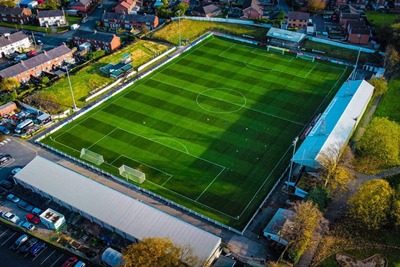
Located in the Lancashire town of Chorley, Victory Park first opened its doors in 1920 and immediately became the home of Chorley Football Club. The venue took its name from a celebration of the end of the First World War, although it was known as the Great War at the time. Boasting a capacity of 4,300, with 2,800 of that being covered standing and 900 being covered seating, it is far from the smallest stadium used in the lower leagues of English football but is also not the biggest. The Main Stand at the stadium was destroyed by a fire shortly after Chorley had finished playing Accrington Stanley in a 1945 FA Cup tie.
As for the football club itself, it was formed in 1883 and is a semi-professional club. The club can actually date its origin back even further, having been formed in 1875 as a rugby union side before switching to football eight years later. One of the club’s most impressive performances came in the FA Cup during the 2020-2021 campaign, when they defeated Derby County in the third round of the competition in order to make it into the fourth round for the first time in Chorley’s history. As with Newcastle United, Chorley play in black and white stripes and boast the nickname ‘the Magpies’, although the Geordies are obviously the more famous of the two.
Stats
| Victory Park Stats | |
|---|---|
| Year Opened | 1920 |
| Capacity | 4300 |
| Average Attendance | 1012 |
| Record Attendance | 9679 (Chorley v Darwen (15/11/1932)) |
| Pitch Size | 101 x 64 (6464) |
| Owner | Chorley Council |
| Clubs Hosted | Chorley Football Club, Preston North End Reserves, Chorley Borough, Chorley Lynx |
| Chorley FC Stats | |
|---|---|
| Year Founded | 1883 |
| Nickname | The Magpies |
| Club Mascot | Victor Magpie |
| Rivals | Southport ; Fleetwood Town ; AFC Fylde ; Wigan Athletic |
| Previous Stadiums | Dole Lane, Rangletts Recreation Ground, St Georges Park |
| Kit | Black & White (Home) / Blue (Away) / Pink (Third) |
| Shirt Sponsor | PAR Group Ltd |
| Team Owner | Prince Yemoh |
| Record Goalscorer | Peter Watson (372) |
Victory Park Photos
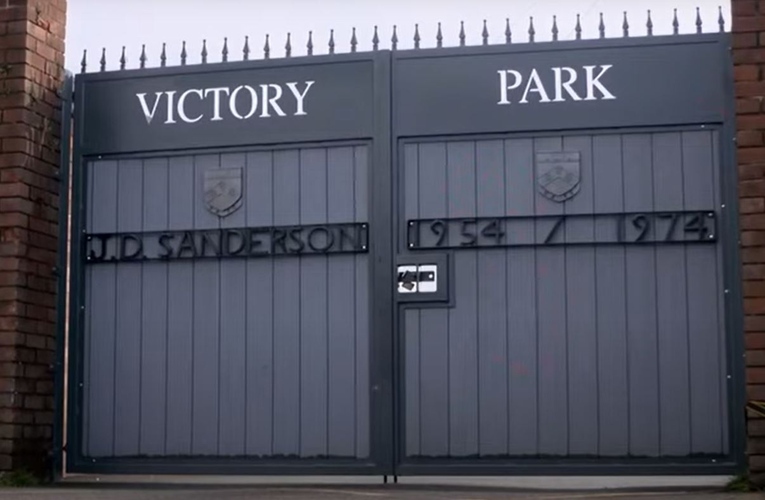
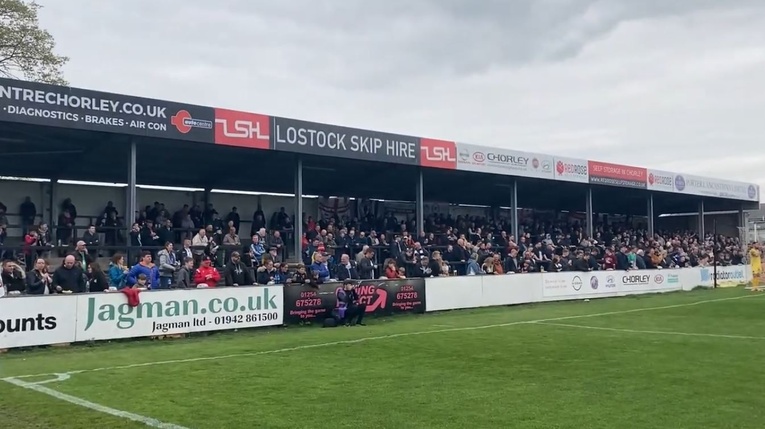
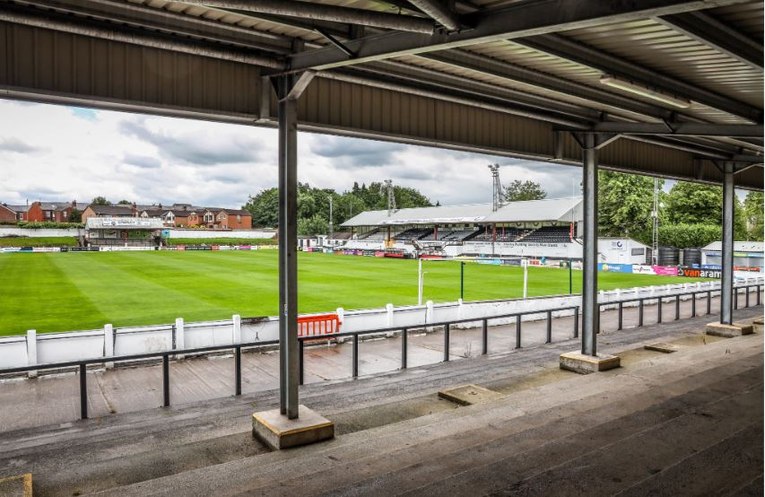
Victory Park Seating Plan and Where to Sit
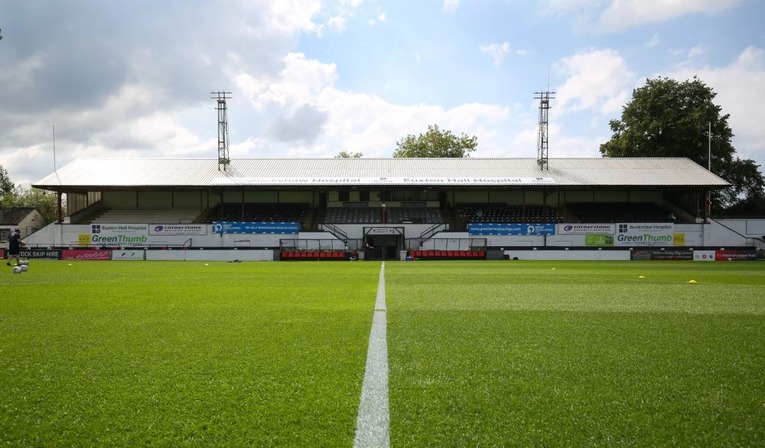
The Main Stand re-opened in 1947 after having been burnt down two years earlier. It is a covered section of seating that boasts a terraced area in front of it. It is around two-thirds the size of the pitch, so doesn’t run the full length of it. On the opposite side of the pitch is the Ashby Street Terrace, which is mostly open and stands alongside the Ronnie Pilkington Stand that is a small seated area. The Pilling Lane End offers a covered terrace behind one of the goals, whilst at the opposite end is the Dale Street Terrace that has had a roof over it since 2016. If segregation is in place then away supporters are housed in the Pilling Lane End.
Chorley FC Ticket Prices
If you want to get your tickets for as cheap as possible then the best thing that you’ll want to do is buy them online. It is more expensive to buy them in person on the day, as the following table from the 2023-2024 season indicates:
| – | In Advance | On The Day |
|---|---|---|
| Adults | £14 | £18 |
| Concessions | £11 | £15 |
| Under 18 | £5 | £7 |
| Under 12 | FREE | FREE |
Disabled supporters pay the price relevant for their circumstance but a carer can go in for free.
How To Get Chorley FC Tickets
It is common for lower league football teams to have good websites, knowing what a difference this can make to their ability to be attractive to floating football fans. That is the case for Chorley just as it is for other sides, so if you want to buy tickets to watch one of their matches then you’ll want to head to their homepage and buy them from there. Failing that, you will be able to get them from the ground on the day of the match.
Where to Buy
Getting To Victory Park
Train – Those travelling by train will head to Chorley Railway Station, which is about 15 minutes away on foot. Trains from Manchester and Preston head here.
Bus – Buses stop on Bolton Road, not far from the ground. If that is the method of transport that you’re going to be taking then look for the 117, 125 Gold, 127, 707, 780, 791 or 794.
Car – Those driving to a Chorley match will want to get off the M6 at Junction 27 onto the A5209. From there you’ll want to take the A6 towards Preston, following the signs for the football ground as you get closer.
By Air – Chorley is pretty much equidistant from Liverpool John Lennon Airport and Manchester Airport, so it is up to you which one you want to head to. It is worth bearing in mind, though, that Manchester Airport is something that Dante might have dreamed up, regularly voted as one of the worst airports in the world.
Taxi – A taxi from the train station out to the ground will cost about £5-£10, traffic dependent.
Parking Near Victory Park
There is limited parking at the ground itself and it is reserved for players and club officials. As a result, you best bet is to look at the bar parks in the town centre. You can try to park on the streets, obviously, but make sure that you keep an eye for any restrictions that are in place.
Useful Resources
- Parking - Just Park
Pubs and Bars Near Victory Park
Sam's Bar
TC's Sports Bar
Pearsons
About Chorley FC
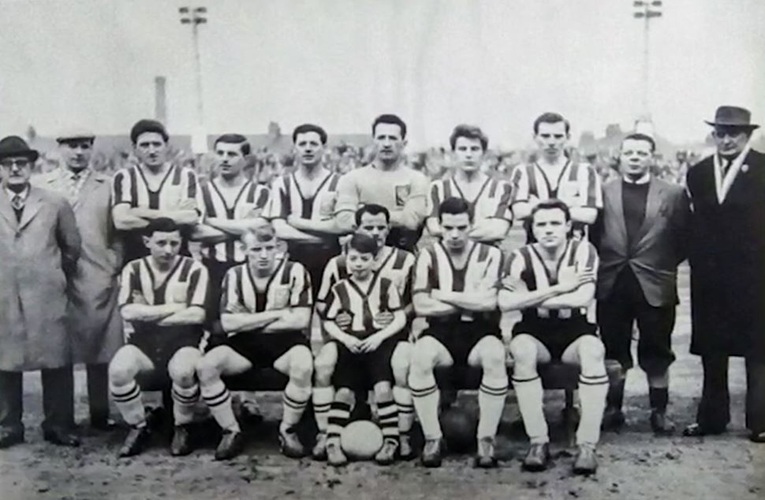
Chorley made the right choice in 1883 when the club decided to switch from being a rugby union side to following the code for football. The result of this is that is officially considered to have been formed that year rather than eight years earlier. In 1889 the club joined the Lancashire Junior League, becoming a member of the Lancashire Alliance a year later. Chorley bounced around these lower leagues during their more formative years but had some decent players on their books, selling Jack Lyden to Wolverhampton Wanderers for £100, for example. They enjoyed some relative success in the club’s more formative years, too.
In 1914-1915, Chorley suffered their worst season since the club’s formation, but were saved from relegation by the outbreak of the First World War. Chorley was technically disbanded in 1916 because the club couldn’t put a team together to take on other sides in the friendly competitions that were organised, but managed to reform a side two years later. The club became one of the founding members of the Northern Premier League in 1968 before leaving at the end of the season and then re-joining. In October 2011, Chorley saw one of the club’s officials arrested for stealing £50,000 from the club. A campaign with local businesses was launched to help save the club.
Victory Park History
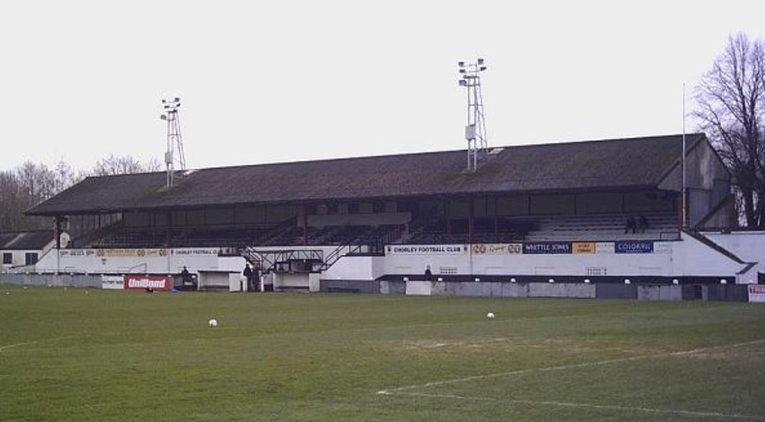
When Chorley Football Club was first formed, matches were played at Dole Lane. They moved to Rangletts Recreation Ground in in 1901, with work beginning on Victory Park in 1919 on an area of ground that was adjacent to the Recreation Ground. The name for the new venue was given in order to commemorate the end of the First World War, with the original Main Stand there being gutted by fire on the 17th of November 1945, mere hours after the club’s FA Cup match against Accrington Stanley had concluded and the supporters had left and moved on to elsewhere. It was rebuilt two years later for £5,500.
A Rugby League side called Springfield Borough moved to Victory Park in 1988 in order to play their matches there, re-naming themselves as Chorley Borough RLFC. If that was seen as something of a coup, it shouldn’t have been; the club soon moved to Moss Lane in Altrincham and re-named themselves as Trafford Borough RLFC. It led to a boardroom split, though, with Chorley Borough Rugby League Club being formed as a result and basing themselves at Victory Park. The side went through numerous different name changes, including Chorley Lynx, playing at Victory Park from 1989-1996 and 2001-2004.
